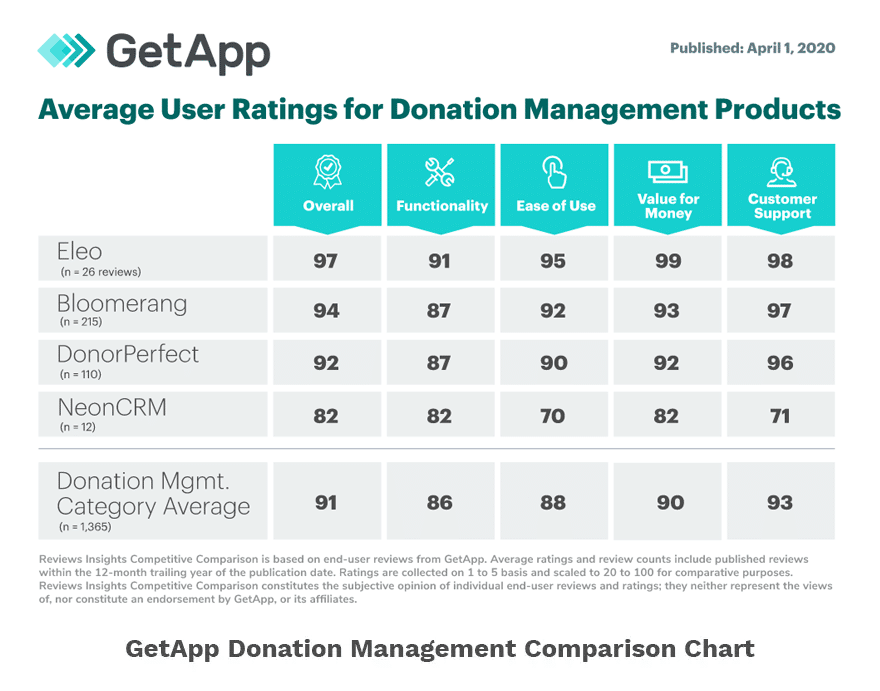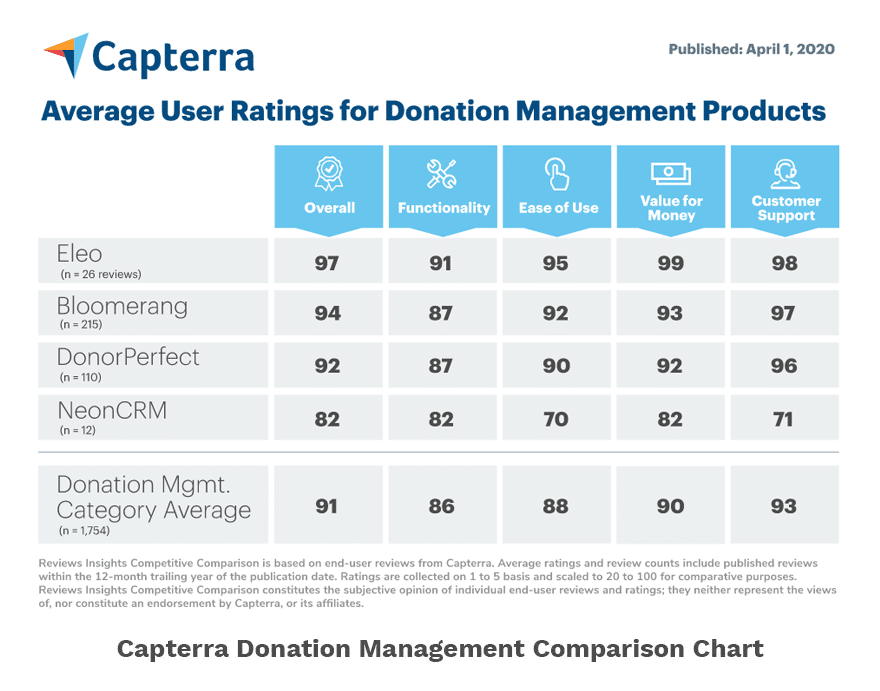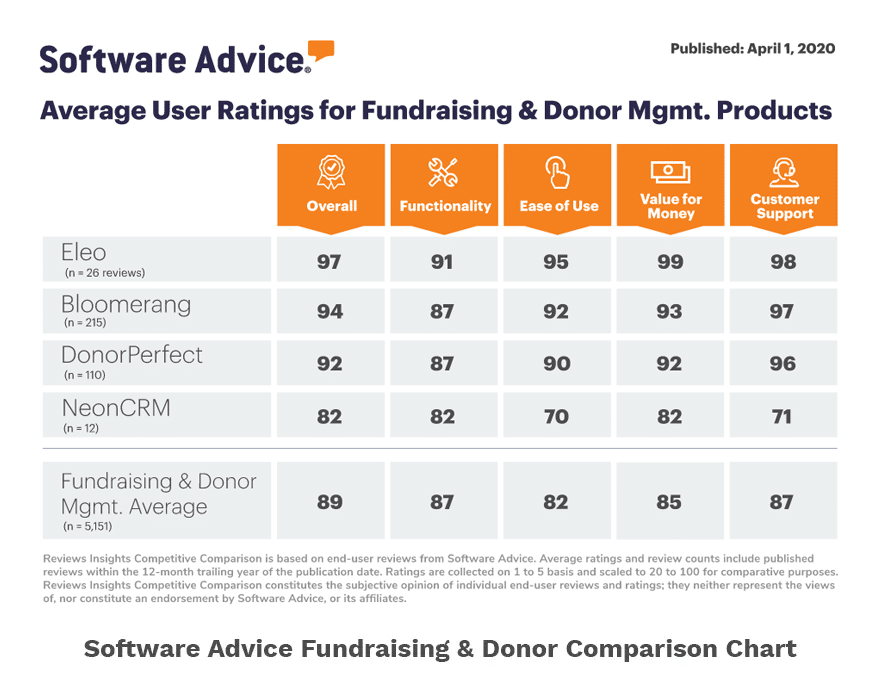
Fundraising has been defined as the act of helping others undertake consequential acts of kindness and generosity. Before you move donors to take action and give to your small nonprofit, you have to move them emotionally!
A compelling case for support, or case statement, can help you make that emotional connection with donors and inspire them to not just make a one-time donation, but invest in the vision of your nonprofit.
What Is a Case for Support?
A case for support is a message to donors that explains why they should give to your nonprofit. This is both an internal fundraising reference for staff and volunteers and an external communication piece for donors. A case for support is typically displayed on a web page and can be turned into a digital or print document for sharing with donors.
There are five core components to an effective case for support:
- Your vision for a better future. Tell people what you want to accomplish and how you’ll make a difference.
- Stories of impact. Rather than highlighting your programs and services, share the impact of what you do for those you serve. Weave in the success of your programs and services, through the eyes of one person.
- A brief history of your nonprofit. Help donors understand why your nonprofit was founded and how it has evolved and connect that history with your vision.
- Financial goals. How much money do you need to raise? What will that accomplish? Let donors know how their gifts will be used and the difference they’ll make.
- A call-to-action. The goal is to raise funds, so be sure to provide clear instructions about how to give, as well as options for giving – one-time gift, annual giving, monthly giving, etc.
Keys to a Successful Case for Support
Of course, it’s not enough for a small nonprofit to simply have a case for support. Think about the response of the donor to what you say. Design your case for support in a way that’s meaningful, emotional, and memorable.
Tap into donors’ emotions. Donors make decisions to give based on emotion. Facts are only used to help justify those decisions. Stir donors’ passions with stories, photos, and videos. Create positive feelings about your nonprofit and the work you do. While a certain amount of information is needed, building an emotional bond with donors is the ticket to fundraising success!
Focus on a positive vision. There’s an outdated approach to fundraising that attempts to scare people and make them feel guilty about what might happen if they don’t donate. Instead, focus on a positive vision of what’s possible. Show people how your nonprofit creates positive change and invite them to join your movement.
Incorporate multiple perspectives. A case for support should not sound like a letter from the executive director. In addition to your leadership and marketing teams, seek input from people who provide the services you fund, those who benefit from your services, and the donors who make those services possible. This will help you connect the dots and build an emotional connection between your donors and the mission of your nonprofit.
Evolve as conditions change. While we believe in careful planning, don’t let overthinking get in the way of progress. Be creative. Take risks. Even if you fall short of goals, keep moving forward and make changes to improve. This type of mindset and energy should shine through in your case for support. Be sure to share all of it!
Know your donors. Whether you’re updating an existing case for support or starting from scratch, make sure you’re speaking directly to the passions and interests of your donors. Consider reviewing information in your donor database, especially about major donors, to align your messaging with what’s most important to them.
Create a sense of urgency. Again, the goal is to get donations. Tell donors their support is needed now. Generate excitement. The sooner they give, the sooner you can achieve your vision and make a difference!
For more tips about creating a successful case for support, we encourage you to check out the following resources:
- Gail Perry Group: Making a Case Statement Your Donors Will Love
- Joe Garecht Fundraising: Here’s a Sample Case for Support for Your Non-Profit
- Prosper Strategies: How to Create a Case for Support For Your Nonprofit







